3 COMMON POOR POSTURE SIGNS
This list identifies three common poor posture signs linked to sedentary occupations and lifestyles. It explores the outward signs of poor posture, the associated imbalances and asymmetries, and possible root causes behind them.
Though each person’s body-type, habits, activities, and surroundings will vary, these 3 Common Poor Posture Signs share common causes that can be traced to sedentary lifestyles and schedules.
1: Rounded Shoulders
Observe the position of the hands while resting at the side.
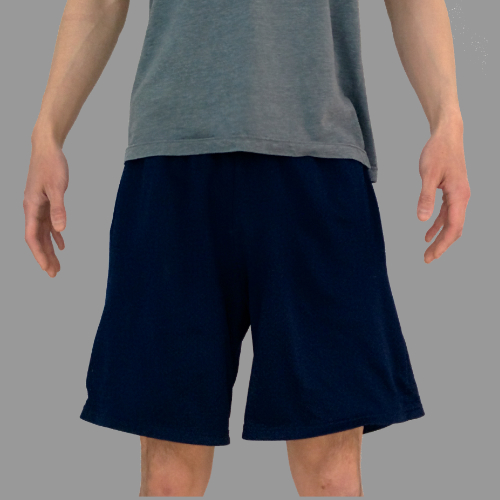
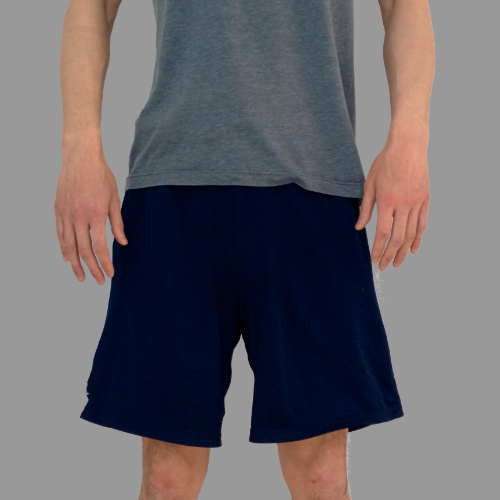
Neutral Hands at side (Left) versus Pronated Hands in front (Right).
If the backhands can be seen with palms facing rearward, one or both hands are pronated or inwardly rotated. Pronated hands often indicate rounded shoulders.
With good posture, palms should be perpendicular to the flanks with backhands facing away from the body. At the same time, a straight line can be drawn from the shoulders down to the elbows, hips and ankles when properly aligned.
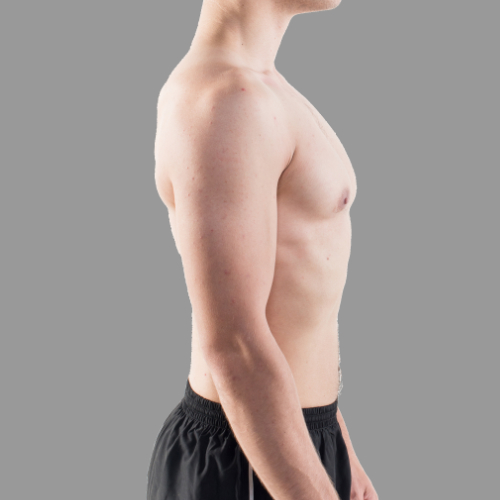
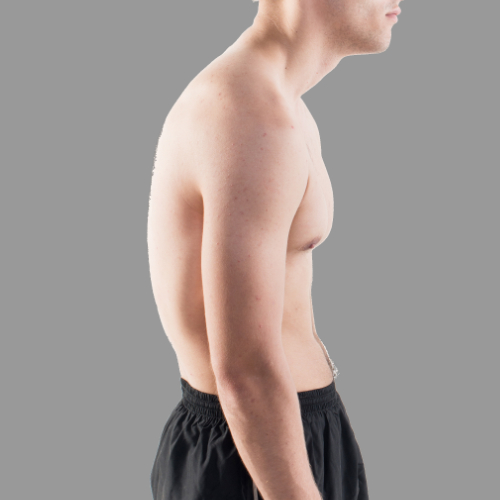
Retracted Shoulders (Left) versus Rounded Shoulders (Right).
When shoulders are rounded or rolled forward, one’s posture indicates overactive pectoral muscles and underactive upper back muscles (mid trapezius & rhomboids) along with underactive rear shoulder muscles (rear deltoids).
Upper back and rear shoulder muscles can become weak through general inactivity of the upper body and through prolonged periods of hunching and slouching. As they become weak, overactive pectoral muscles pull and rotate the shoulders toward the front of the body, creating a hunched appearance. This hunched position can eventually weaken rotator cuff muscles (teres minor) causing pain in the upper arms and numbness in the fingertips.
Muscles of the upper back can be strengthened with pulling motions such as rows, chin-ups, and exercises that recruit the upper back to stabilize presses and pushing exercises. This is highly dependent on proper movement of the shoulder blades during exercises.
2: Pronated Feet (“Duck Feet”)
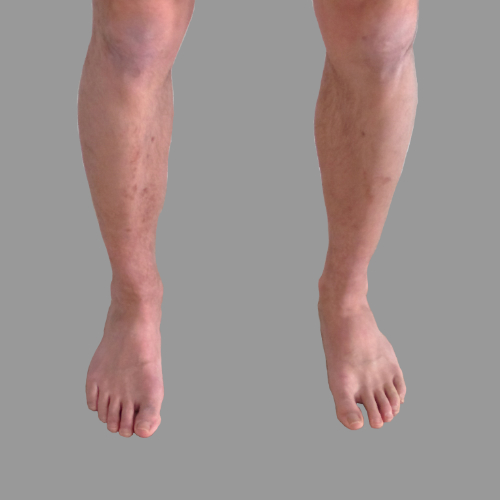
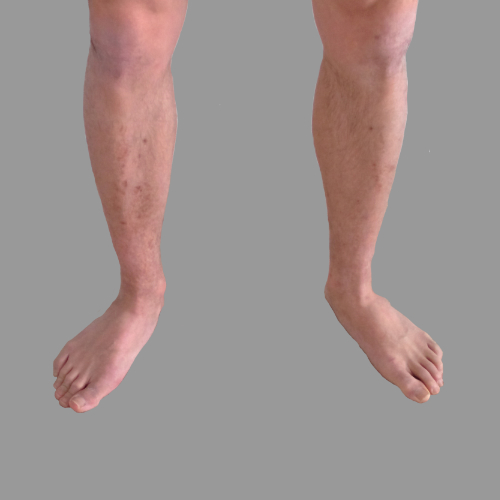
If one or both feet are pointing away from the center line, the feet are pronated or outwardly rotated.
This sign of poor posture indicates overactive external rotators deep within the thigh that rotate the thighs away from the center line of the body. Normally, these external rotators are stabilized by internal hip rotators and muscles of the buttocks (gluteus minimus), but when weakened through inactivity, they fail to balance their connected external rotators.
3: Forward Head (“Crane Neck)”
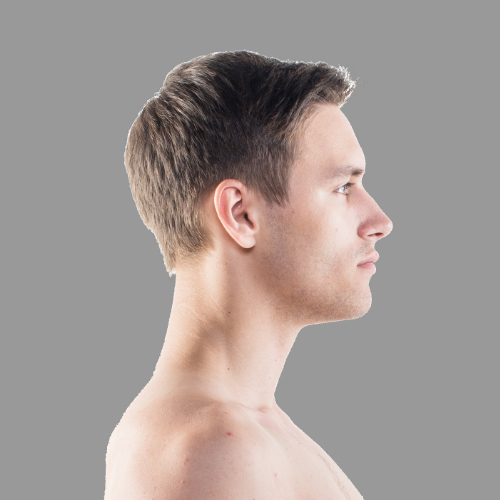
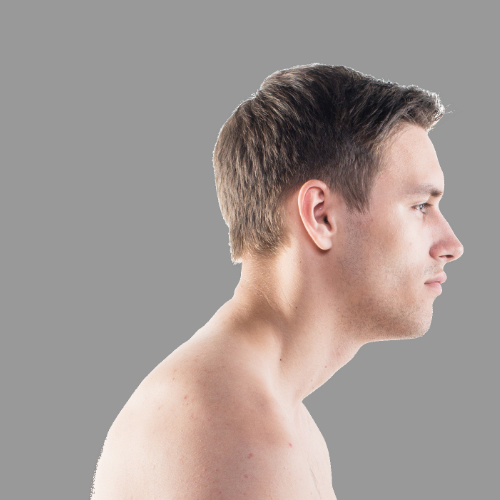
Head Upright position (Left) versus Head-Forward position (Right).
When your head juts out in front of your body and is not aligned over the shoulder.
Look at what your look like, naturally. If you try to look the the correct posture in the photos and it feels weird or hurts, you most likely have some issues.
Luckily for you, Green Chiropractic can show you how to correct this posture. Call us and schedule at 402-933-5392
